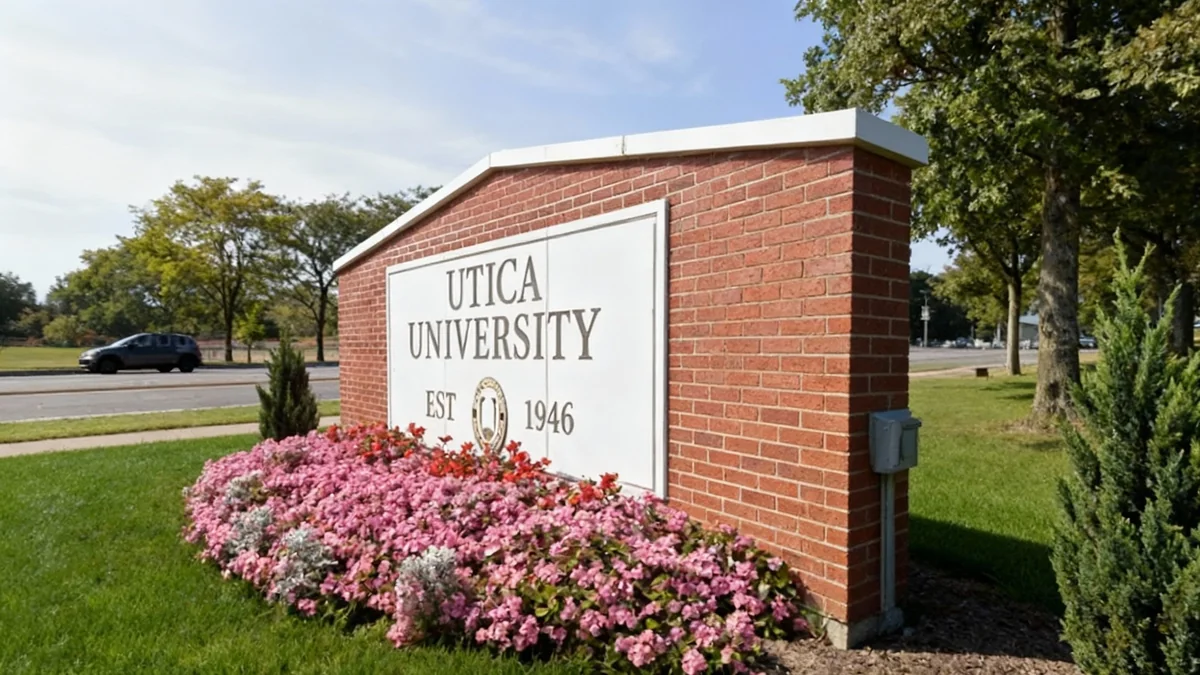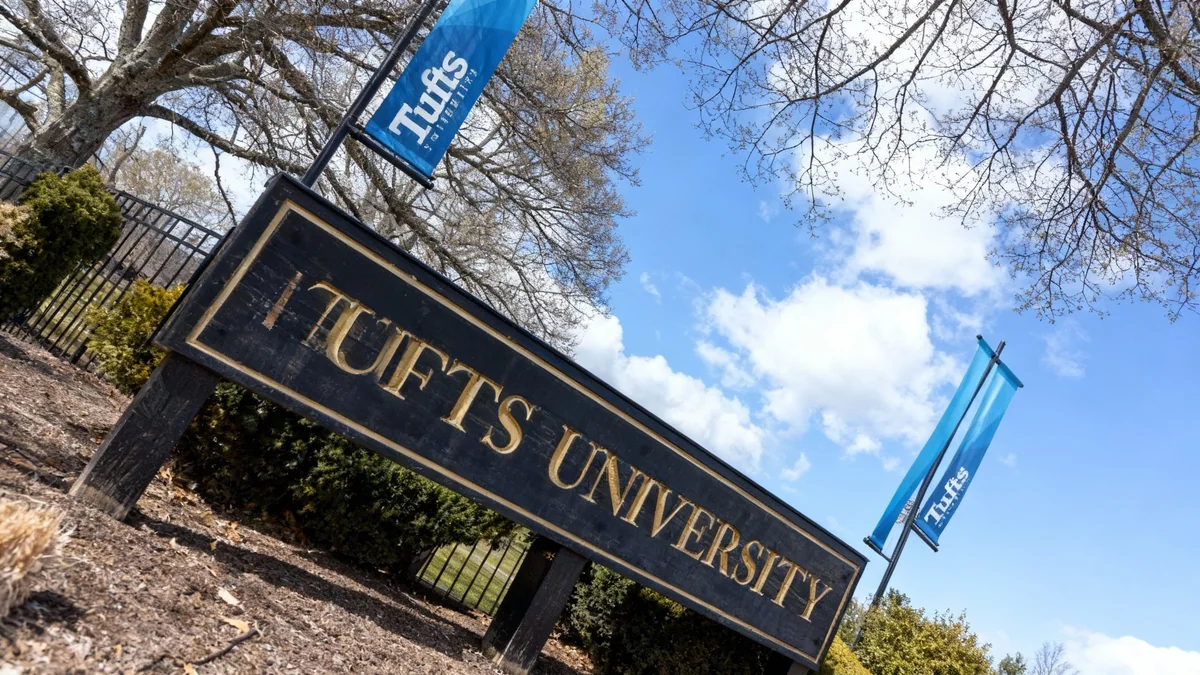Utica University President Dr. Todd Pfannestiel has announced his resignation, effective December 31, after less than three years leading the institution. The departure comes as the university navigates significant financial challenges, including declining enrollment, planned faculty layoffs, and the elimination of several academic programs.
Dr. Stephanie Nesbitt, the university's current provost and senior vice president for academic affairs, will step in to lead the institution following Pfannestiel's exit. The transition marks a critical moment for the university as it implements a broad strategic and operational restructuring plan.
Key Takeaways
- Dr. Todd Pfannestiel will step down as Utica University President on December 31, 2024.
- The university is facing a significant enrollment drop, from 5,100 students in 2017 to approximately 3,600 today.
- Restructuring plans include a $5 million cut to the faculty budget and potential layoffs for 31 full-time faculty and librarians.
- Several degree programs, including History and Africana Studies, are recommended for elimination.
- Provost Dr. Stephanie Nesbitt, a 13-year veteran of the university, has been named as the successor.
A Change in Leadership During a Critical Period
The university's board of trustees confirmed the leadership change, acknowledging Dr. Pfannestiel's role during a difficult time for higher education. Pfannestiel, who began his presidency in 2023, has overseen the initial phases of a major overhaul aimed at stabilizing the university's finances.
In a statement, the board recognized his contributions to the ongoing restructuring efforts. "Dr. Pfannestiel has played a vital role during his time at the University, most recently helping to shape a strategic academic and operational restructuring at a challenging time for U.S. higher education," the announcement read. "The Board of Trustees appreciates Dr. Pfannestiel’s willingness to take on tough assignments with grace and wishes him well in his future endeavors."
His successor, Dr. Stephanie Nesbitt, is a long-serving member of the university's administration. Jeremy Thurston, chairperson of the Utica University Board of Trustees, expressed confidence in her ability to guide the institution forward.
"We are fortunate to have Dr. Nesbitt available to take on this leadership role. Her 13-year history at the University and deep dedication to the University’s mission make her the perfect choice as we move confidently forward."
Financial Strain and Declining Enrollment
The restructuring at Utica University is a direct response to severe financial pressures, primarily driven by a sharp decline in student enrollment. The student body has decreased by nearly 30% over the past several years, a significant challenge for a tuition-dependent institution.
Enrollment by the Numbers
According to a presentation from Dr. Pfannestiel, student enrollment fell from 5,100 during the 2017-2018 academic year to approximately 3,600 in the current year. During this same period, the number of full-time faculty members remained largely unchanged.
This imbalance between a shrinking student population and stable operational costs has created a structural deficit. In July, the university announced it would need to cut $5 million from its faculty budget to address the shortfall, a move that set the stage for subsequent staffing reductions.
Impact on Faculty and Academic Programs
The financial adjustments have led to difficult decisions affecting both staff and the academic curriculum. In September, the university issued notices to 23 academic departments, warning that 31 full-time faculty members and librarians could be laid off as part of the budget cuts.
These potential layoffs are part of a broader re-evaluation of the university's academic offerings. A list of degree programs recommended for elimination has been released, signaling a shift in institutional priorities.
Programs on the Chopping Block
The university is considering the discontinuation of several programs. The final decision on these cuts is not expected until May.
- Majors: Africana Studies, History
- Minors: Anthropology, Geoscience, Gender Studies, Sociology, Spanish, Writing
These proposed cuts reflect a move to align the university's curriculum with areas of higher student demand and to reduce costs associated with smaller, less-enrolled programs. The university's chapter of the American Association of University Professors (AAUP), which represents faculty, has been monitoring the developments closely.
Navigating a National Trend
The challenges faced by Utica University are not unique. Small to mid-sized private universities across the United States are grappling with similar issues, including demographic shifts leading to fewer college-aged students, increased competition, and questions about the value of a traditional degree.
Many institutions are being forced to make similar difficult choices, from cutting humanities programs to merging departments and reducing faculty. The leadership transition and restructuring at Utica are indicative of a wider trend as higher education adapts to a new economic and demographic reality.
As Dr. Nesbitt prepares to take the helm, her primary task will be to steer the university through this painful but necessary transformation, aiming to create a more sustainable model for the future while preserving the core mission of the institution.





